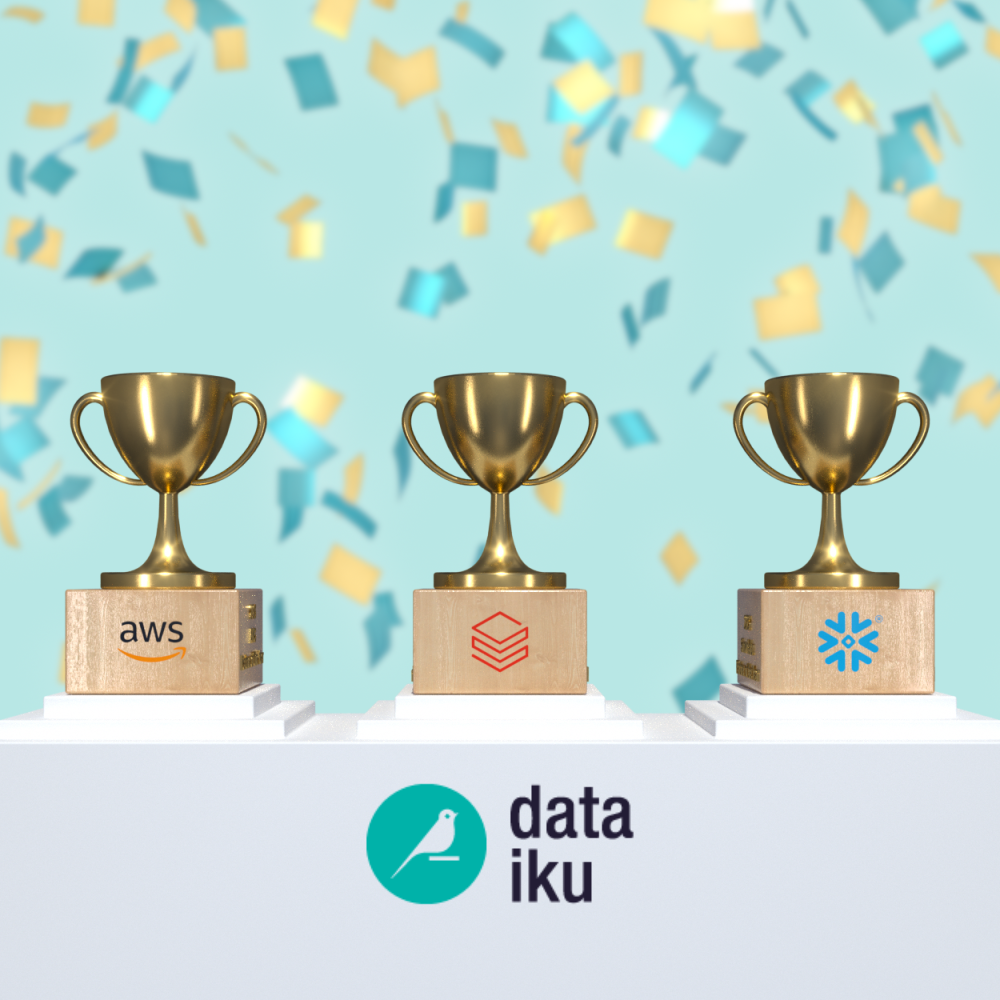As enterprises mature self-service programs and embed AI into daily operations, Centers of Excellence (CoEs) face a sharper question: not just what they deliver, but what value they create. It’s no longer enough for a CoE to solely provide governance, onboarding, or community support. Executives want proof in measurable outcomes, tied directly to strategic priorities.
This isn’t a superficial ask. Self-service and AI programs demand sustained investment in platforms, people, and processes. Leadership now expects assurance that those investments are generating a return, not in abstract terms, but in hard business outcomes. That means every CoE must build a credible, repeatable business case.
From Alignment to Evidence
The starting point is alignment. Too many CoEs try to measure everything and end up proving nothing. The point is not activity; it’s impact. That requires mapping CoE objectives directly to enterprise imperatives: mission statements, divisional goals, and C-suite strategies.
Once priorities are clear, the case becomes about evidence. Different stakeholders care about different dimensions of value: A CIO may look for efficiency gains in the tech stack, a CFO expects avoided spend and ROI, and a business unit VP needs proof of faster delivery or revenue impact. A strong CoE adapts its narrative to each.
If you can’t measure something, you can’t improve it. And if you can’t show it in terms the business cares about, you’ll struggle to win long-term support.
- Jon Tudor, Director of Business Architecture at Dataiku
The 3 KPIs That Matter
In practice, three KPIs consistently prove a CoE’s value:
- ROI: Not just benefits minus costs, but productivity gains (“adding headcount without hiring”), lower total cost of ownership, and incremental revenue from new use cases.
- Active Users: Adoption signals relevance. When more employees are building, testing, and consuming data products, it’s proof that self-service is taking hold.
- Business Process Adoption: Dashboards and models don’t matter unless they’re embedded in workflows. True success is measured when a product (whether a dashboard, model, or AI agent) becomes part of how the business operates.
These measures reinforce each other. ROI without adoption looks like financial gymnastics. Adoption without process integration signals shallow engagement. Together, they show that the CoE is not just active, but effective.
From Framework to ROI Model
Quantifying ROI is where many teams stumble. To move beyond hand-waving, CoEs need a structured framework. The Dataiku Value Framework defines four value pillars:
- Speed & Agility: Cutting 70%-90% of time from data workflows accelerates insights, decision-making, and innovation.
- Stack Efficiency: Reducing tool sprawl, optimizing cloud investment, and lowering the cost per project.
- Control: Guardrails that minimize compliance risks, security issues, and costly rework.
Use Case Value: Concrete applications that increase revenue, reduce costs, or mitigate risks, from predictive maintenance to churn prevention to ESG monitoring.
Time savings alone can be massive … 70% to 90% faster versus traditional tools. That translates directly into measurable productivity gains.
- Claire Gubian, VP of Business Transformation at Dataiku
In practice, these pillars translate into real numbers. For example, one CoE calculated $3.5 million in value gains by year three, delivering a 760% ROI. Gains came from productivity savings, stack efficiency, avoided governance costs, and faster delivery of high-value use cases.

Choosing the Right Use Cases
The business case is only as strong as the use cases it’s built on. Chasing “AI for the sake of AI” is a trap. The right place to start is the business problem: why it matters, whose problem it is, and how solving it will create measurable outcomes.
A disciplined “use case canvas” guides this process by asking:
- What’s the business problem and potential solution?
- Who are the sponsors, builders, and consumers?
- What data and algorithms are required?
- What is the estimated value vs. cost?
- What risks could undermine success?
This structured approach ensures the CoE prioritizes opportunities where value will be visible, defensible, and aligned with enterprise strategy and avoids spreading resources across ideas with limited payoff.
From Evidence to Influence
Collecting metrics is necessary but not sufficient. Influence comes from how the story is told. Once ROI and adoption evidence is in hand, the CoE must communicate it widely and strategically.
That means framing wins in the language of each business unit, letting users share their own stories, and balancing numbers with qualitative impact. Employee satisfaction, data literacy, and cultural change may be harder to quantify, but they are critical to sustaining momentum.
Successful CoEs also manage adoption through an innovation funnel:
- POC: Non-automated, fewer than five users.
- Pilot: Automated, six to 49 users.
- Product: Embedded into business process, 50+ users.
- Critical Product: Executive-backed, business-critical, and transitioned to IT stewardship.
By showing how projects move through this funnel, CoEs demonstrate both innovation and scalability and position themselves as the pipeline for enterprise-grade solutions.
Beyond the Numbers
Not all benefits can be captured in a spreadsheet. Qualitative outcomes often make the difference between shallow adoption and durable transformation.
Take Mercado Libre as an example. To ensure self-service was more than a one-time spike, they tracked data literacy through structured training paths, certifications, and regular platform use. This sustained approach turned what could have been shadow IT into an innovation pipeline, strengthening both skills and adoption across the enterprise.
Examples like this highlight that ROI is both financial and cultural. A strong business case accounts for both and increasingly, that includes tracking how AI agents reshape the way teams work.
Playing the Long Game
The strongest business cases balance immediate credibility with long-term vision. Quick wins show executives early success, while three-year ROI models capture compounding benefits from reuse, literacy, and process adoption.
Ultimately, building the case for a modern CoE is about reframing its role: not as a cost center to be defended, but as a growth engine for enterprise AI. It is the team that ensures self-service programs mature, governance scales, and AI adoption delivers measurable, repeatable business outcomes.




